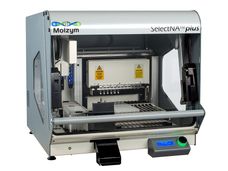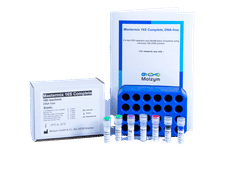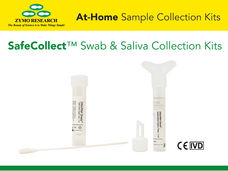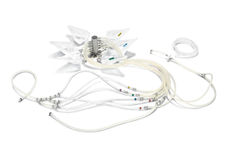SepsiTest™-UMD CE IVD
Culture-Independent Diagnosis of Bacterial and Fungal DNA in Blood, Other Body Fluids and Tissues
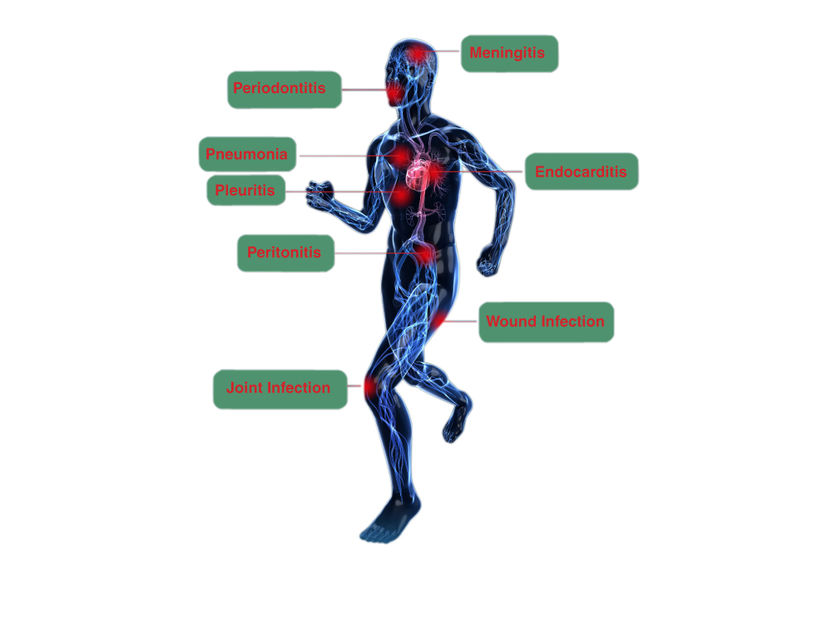

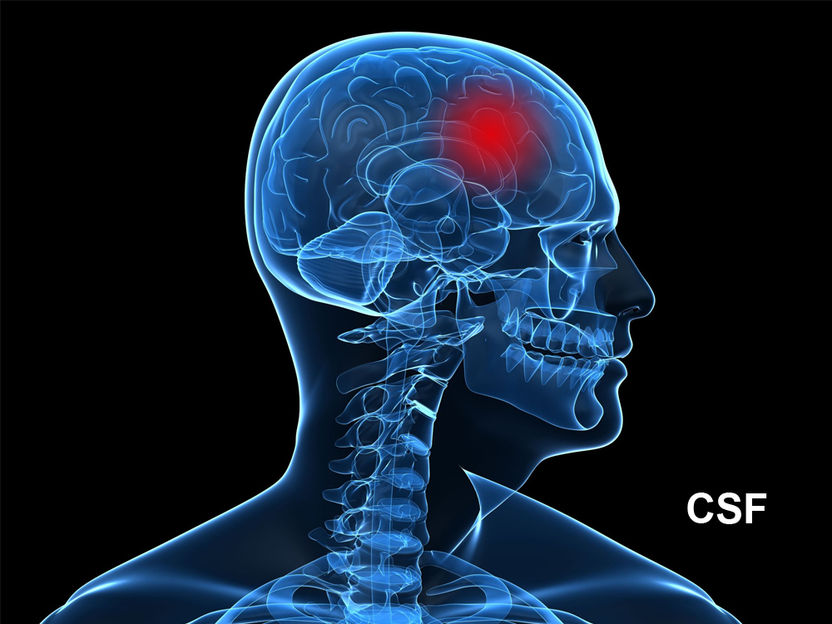
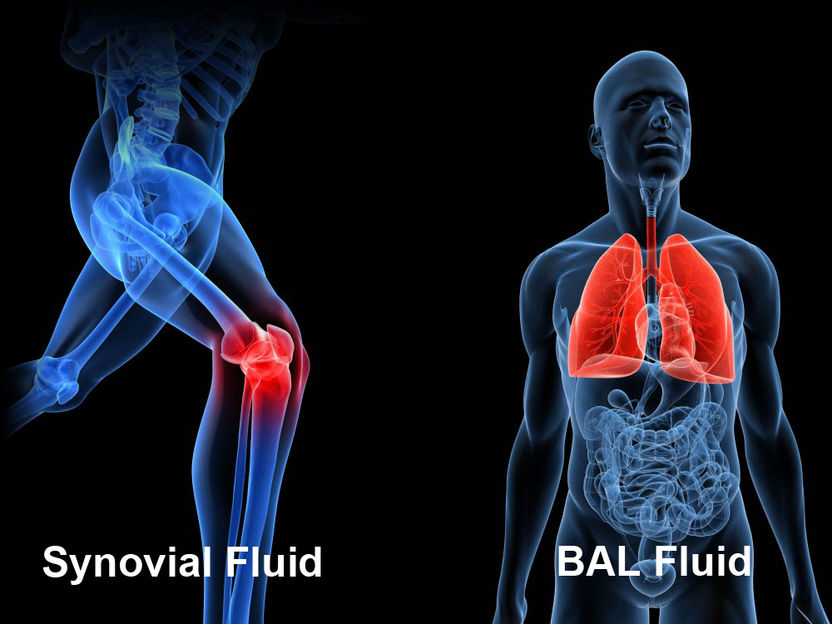
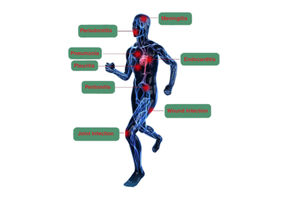

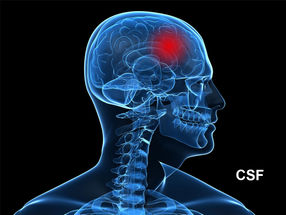
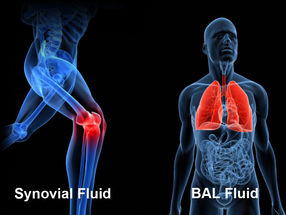
SepsiTest-UMD CE IVD: Microbial DNA Extraction, Sensitive 16S/18S PCR and Sequencing Analysis
SepsiTest™-UMD CE IVD allows fast molecular detection and identification of bacteria and fungi. The test is independent of whether pathogens can grow or are inhibited by antibiotics.
The removal of human DNA and free-circulating microbial DNA ensures high detection specificity of exclusively DNA of intact cells. In clinical evaluations, pathogens of more than 200 bacterial and 65 fungal genera have been identified so far. SepsiTest-UMD CE IVD uses broad-range 16S and 18S rRNA gene PCR/Real-Time PCR assays with subsequent sequence analysis. Thus the test is eu-bacterial and pan-fungal.
Application
SepsiTest-UMD CE IVD is particularly suited for the diagnosis of pathogens in samples from patients who are on antibiotic therapy, regarding, for example, the following diseases:
|
|
|
|
|
|
|
|
Handling/Laboratory Equipment
For the implementation of SepsiTest-UMD CE IVD only standard equipment of a molecular biology laboratory is required.
SepsiTest-UMD CE IVD includes all reagents and consumables necessary for DNA extraction and broad range PCR or Real-Time PCR analysis as well as primers for Sanger-sequencing.
The workflow comprises of the following steps:
- Removal of human DNA and free floating DNA from dead bacteria and fungi
- Extraction of DNA from only intact bacteria and fungi
- Detection of bacterial and fungal DNA by broad-range 16S/18S rRNA gene PCR or RealTime PCR assays
- Identification of pathogens by sequencing of amplicons and BLAST analysis.
Specimens
Various specimens can be analyzed by SepsiTest-UMD CE IVD in the diagnostic routine:
- Body fluids (blood, CSF, synovial and other aspirates, BAL and others)
- Tissues (heart valve, bone, brain and other biopsies)
- Swabs (wound, tissue, mouth, nasal and others)
New: Add-On 10 CE IVD kit for diagnosis of up to 10ml fluid samples used with SepsiTest-UMD CE IVD.
Sensitivity
Based on spiking experiments using 1ml EDTA blood, the analytical sensitivities of various pathogens were tested, among them S. aureus (limit of detection: 20 cfu/ml), E. coli (40 cfu/ml) and C. albicans (10 cfu/ml).
Automation
Automation reduces hands-on time, costs and contamination risk. Molzym offers diagnostic systems that include semi-automated (UMD-SelectNA™ CE IVD) and fully-automated DNA extraction (Micro-Dx™).
For more detailed information, including a list of publications, a quotation or presentation in your laboratory, please feel free to contact the Molzym support-team.

1
SepsiTest-UMD CE IVD – diagnosis of infectious diseases

2
SepsiTest-UMD CE IVD – increase the rate of diagnosis of true infections

3
SepsiTest-UMD CE IVD – diagnosis of bacteria and fungi in neurological samples

4
SepsiTest-UMD CE IVD – diagnosis of bacteria and fungi in orthopedic and pulmonary infections
Request information about SepsiTest™-UMD CE IVD now

Diagnostic kits: SepsiTest™-UMD CE IVD
Culture-Independent Diagnosis of Bacterial and Fungal DNA in Blood, Other Body Fluids and Tissues



